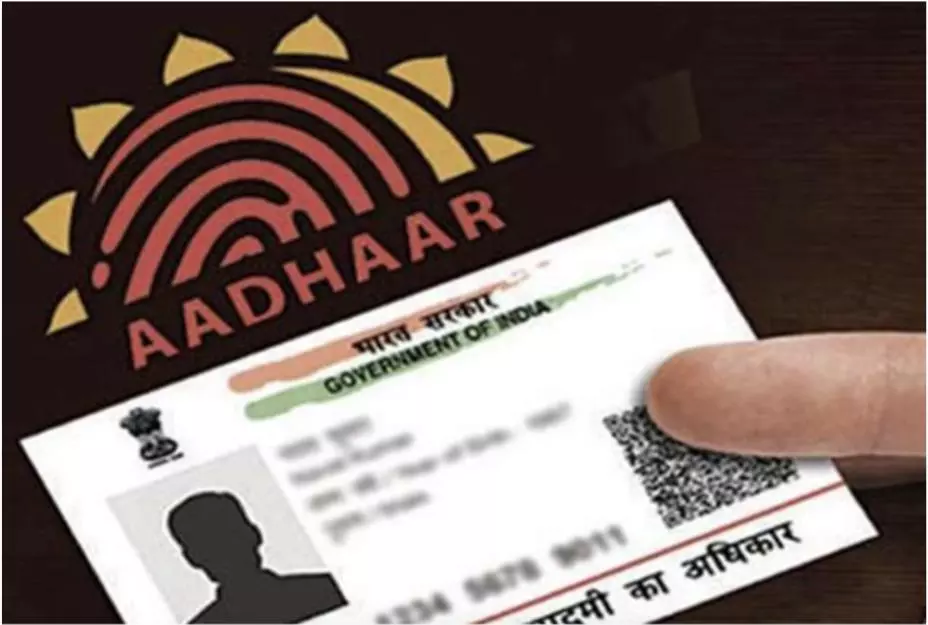
How two-layer method makes Aadhaar-based authentication more secure

The Unique Identification Authority of India (UIDAI) has introduced a new security mechanism for Aadhaar-based fingerprint authentication. It will also help detect spoofing attempts faster, says a PIB press release.
The UIDAI head office and regional offices are in touch with all entities to encourage all user agencies to switch over to the new secured authentication mode at the earliest.
What is the new mechanism?
The security mechanism is based on artificial intelligence and machine learning and has been developed in-house, says the release posted on Monday (February 27).
A new two-factor or two-layer authentication will add further checks to validate the genuineness (liveness) of the fingerprint to further cut down chances of spoofing attempts.
How two-layer authentication will help
In the news system, a combination of finger minutiae (the ridge discontinuities of a fingerprint) and finger image will be used to check the liveness of the fingerprint captured.
It is believed that these measures would make Aadhaar-authentication transactions more robust compared to only finger minutiae-based or only image-based authentication.
How will people benefit?
The new security mechanism, which is already functional, will be of immense use in banking, telecom, and government sectors. It is expected to further strengthen Aadhaar-enabled payment system.
What is Aadhaar authentication?
The UIDAI website explains Aadhaar authentication as the process by which the Aadhaar number and the demographic or biometric information of an Aadhaar number holder is submitted to the Central Identities Data Repository (CIDR) for its verification and the CIDR verifies the correctness, or the lack thereof, based on the information available with it.
How does fingerprint authentication work?
In the FAQs section, the UIDAI wesbite clarifies that Aadhaar authentication can be achieved with any of the ten fingers, not only thumb. In the case of worn-out fingerprints or amputated fingers, service providers can use alternative mechanisms such as iris authentication, OTP authentication, or other methods of verification.
Popularity of Aadhaar-based authentication transactions
According to the PIB release, the adoption of Aadhaar-based authentication transactions has been showing an upward trend, as it facilitates the availing of several welfare benefits and services. By the end of December 2022, the total number of Aadhaar authentication transactions had crossed 88.29 billion, clocking an average number of 70 million transactions per day. Most of them are fingerprint-based authentications, indicative of its usage and utility in daily lives.
(With agency inputs)

